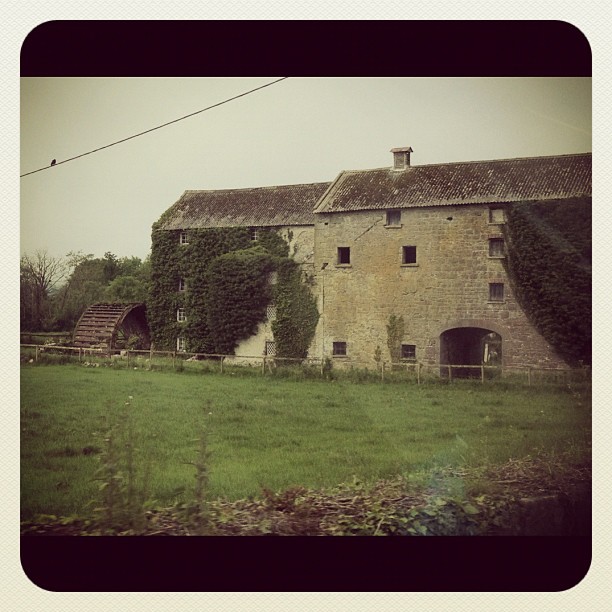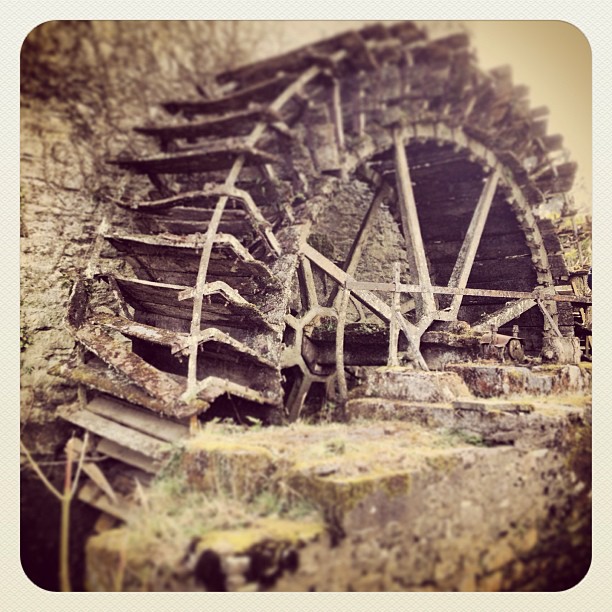Medieval Water Mills in Ireland
A presentation on Medieval Water Mills in Ireland will take place on Monday 10th March at 7.30pm at Engineers Ireland, 22 Clyde Road, Dublin 4.
This is a free event hosted by the Heritage Society, in association with the Civil division and the Local Government division.
Ireland currently has the largest corpus of pre-10th century water-mill sites (both horizontal and vertical-wheeled) in the world. These provide vital insights into the development of water-powered prime movers elsewhere in Europe, where sites of similar date are generally rare. Indeed, while the precursors of the modern reaction turbine can be found in late Roman Tunisia, the earliest excavated examples of horizontal water wheels with dished or scooped paddles (as found in Pelton wheels) have been excavated in Ireland.
Using recent archaeological evidence from Ireland, this talk will seek to re-evaluate the relationship between mills employing horizontal and vertical water-wheels, and will challenge the notion that vertical wheeled grain mills were necessarily more efficient and productive than mills with horizontal waterwheels.
Dr Colin Rynne BA PhD – Senior Lecturer at UCC’s Archaeology Department.
Dr Rynne has widely published on water power in medieval Ireland and Europe and on the post-medieval and industrial archaeology of Ireland. His research interests include medieval agriculture, medieval and post-medieval iron working in Ireland and Irish industrial archaeology. Current research interests include a study of the 17th-century colonial landscapes created in south east Munster by Richard Boyle, 1st Earl of Cork. He is also completing a major publication on the archaeology of waterpower in early medieval Ireland and Europe, c. AD 600-1100.
Medieval Water Mill excavated at Kilbegley, Co. Roscommon.
One of the best preserved early Medieval Water Mills in Europe was excavated in Kilbegley, Co. Roscommon in 2007. The beautifully preserved horizontal watermill dates back to between 650–850 AD. During the excavation the remains of the whole lower floor of the mill, with its flume (the chute that carries the water), undercroft, wheel-hub, paddles and a number of other features largely intact were discovered. Artefacts that tell us about the lives of the monks and millers, like ringed-pins, bracelet fragments and leather were also found.
The excavation revealed that the millwrights and monks had an incredibly sophisticated and talented ability to survey and understand hydrological techniques, as the water from the mill came from small springs and local ground water rather than a river.
All of the structural timbers from the mill have been preserved and are currently stored with the National Museum of Ireland until a suitable location to house and display them can be found close to the place they were discovered.

A book on the excavation ‘The Mill at Kilbegley’ authored by Neil Jackman with Caitríona Moore and Colin Rynne and edited by Tadhg O’Keefe is now available.
You can also hear the story of the mill, and all the other fascinating archaeological sites discovered in advance of the construction of the M6 by downloading the FREE audioguide – The M6 A Route Through Time.
Thank you to Neil Jackman who very kindly allowed me to include the information and photo of the excavation of Kilbegley Medieval Water Mill.









